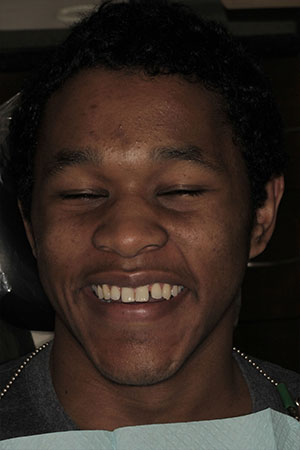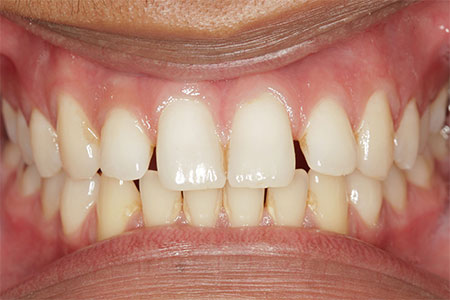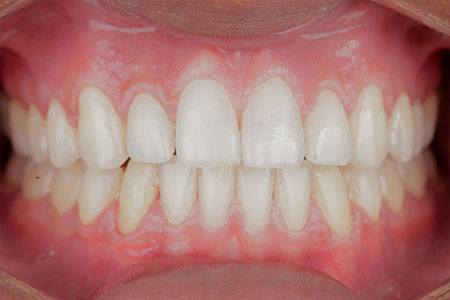Hygiene
Although home care is a very important part of keeping your mouth healthy, the only method of preventing gum disease is oral prophylaxis, commonly known as dental cleaning.
It is estimated that 70% of the population is prone to gum disease, also known as periodontal disease, and it is the number one reason for tooth loss in the U.S. There are many forms of gum disease, all of which have bacterial origin. Bacteria accumulate in plaque and calculus, just below the surface of the gums. This causes the inflammation of periodontal tissues, and ultimately leads to the permanent destruction of bone supporting the teeth.

Most dental professionals agree that recare should take place every 6 months for healthy patients. It has been determined that most people within that time interval build up enough tartar that cannot be removed using toothbrush at home. Removing tartar reduces the count of disease producing bacteria, therefore, reduces the risk of developing periodontal disease. In fact this is the only way of preventing gum disease. Your appointment will be performed by a Registered Dental Hygienist and will include a personal evaluation from our doctors. Doctors will discuss your needs and concerns by using your photographs and x-rays to answer questions and make recommendations for treatment.
Proper home care and consistent oral prophylaxis are the best methods available for preventing gum disease. If it has been longer than 6 months since your last visit with the oral hygienist, or if you are experiencing loose teeth, tooth sensitivity, bleeding of gums, or bad breath, you may want to schedule an appointment at Major Dental Clinics.
Professional Dental Cleanings
Professional dental cleanings, also known as dental prophylaxis, are performed by Registered Dental Hygienists in our clinics. Your cleaning appointment will include a dental exam and the following:
- Removal of calculus (tartar): Calculus is hardened plaque that has been left on the tooth for some time and is now firmly attached to the tooth surface. Calculus forms above and below the gum line and can only be removed with special ultrasonic dental instruments.
- Removal of plaque: Plaque is a sticky, almost invisible film that forms on the teeth. It is a growing colony of living bacteria, food debris, and saliva. The bacteria produce toxins (poisons) that inflame the gums. This inflammation is the start of periodontal disease!
- Teeth polishing: Removing stains and plaque that are not otherwise removed during tooth brushing and scaling.
Patient Case

Before

After

Before


